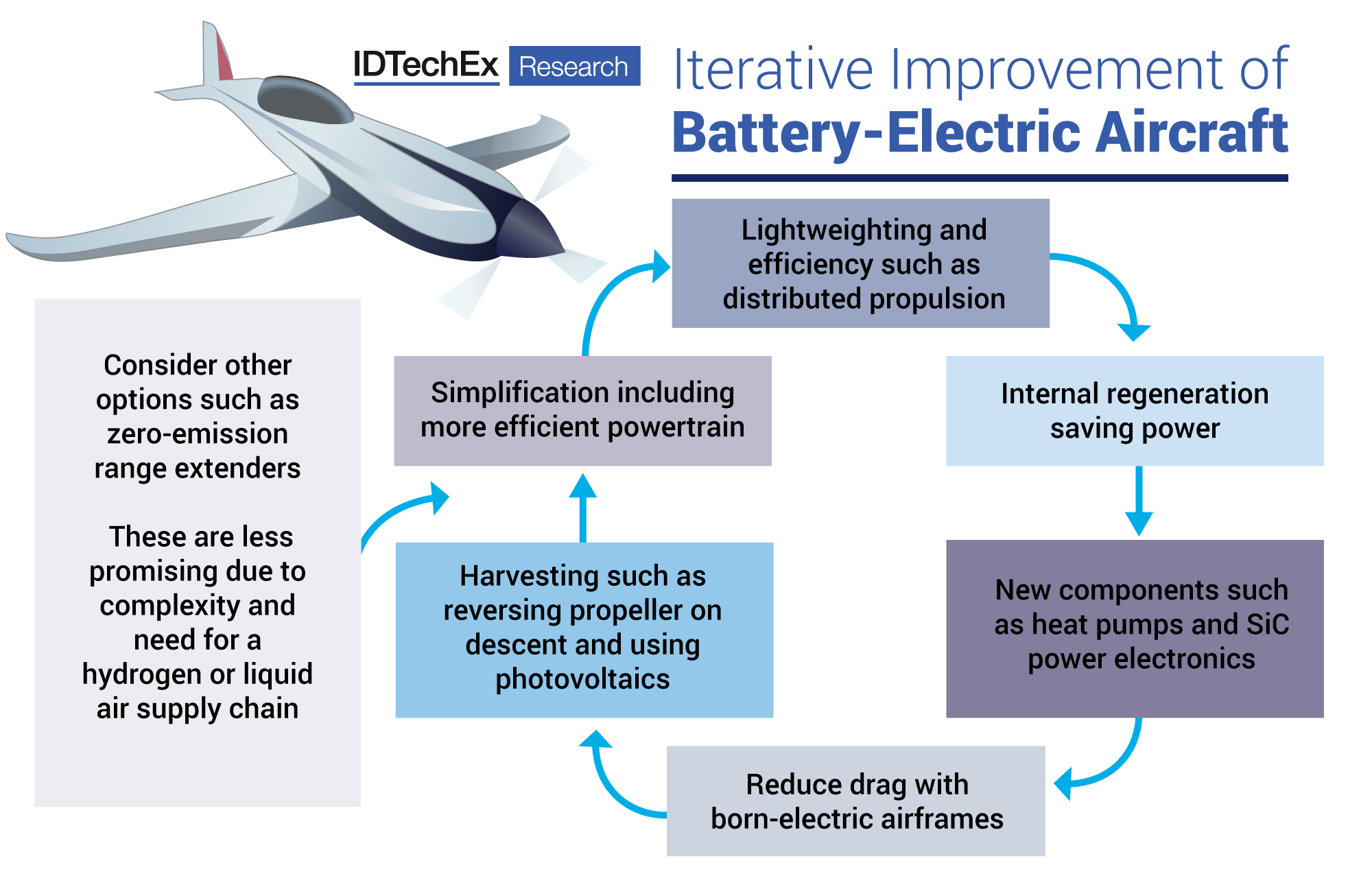A new partnership between Preston City Council and Calico Enterprise Ltd has been given cabinet approval to ensure developers create demonstrable impact in local communities by using local suppliers and creating skills, training and employment opportunities for local people.
The partnership will provide an innovative end-to-end process for the implementation and monitoring of the Central Lancashire Employment and Skills Supplementary Planning Document (SPD) – introduced with the aim of generating significant ‘added value’ benefits to the residents of Lancashire.
Preston City Council will use planning conditions to ensure that major construction activity delivers real benefit to local suppliers and residents. Calico Enterprise Ltd, part of the Calico Group, will provide the Council with additional resources, expertise and experience to ensure the outcomes are achieved and reported back to the council.
Calico Enterprise Ltd will use their extensive experience and long-standing relationships with construction companies, training providers, DWP and local charities to ensure all parties work together to maximum social value for local people.
Jane Smith, Partnership Manager at Calico Enterprise Ltd said, “We have worked extensively with Preston City Council to support them to use their planning powers to create opportunities for local people. We are delighted that we have now received the go ahead from cabinet to ensure that local supply chains and residents benefit from the opportunities that major construction developments can bring.
As a company, we’re committed to creating genuine opportunities for local people to gain skills and access employment. This service will help ensure that developers meet their commitments to creating these opportunities and achieve maximum impact in their communities.”
Councillor David Borrow, Cabinet member for planning and regulation, added, “We’re very happy to be working with Calico on this new partnership and we welcome their support and expertise in this important aspect of demonstrating responsible planning and development.
“Fundamentally, this will help with addressing the national skills shortage across the country by ensuring that developers in this region work with local employers and training providers on specific skill sets and training, and to consider creating apprenticeships.”





 John Skivington, director of LHC, said:
John Skivington, director of LHC, said:
